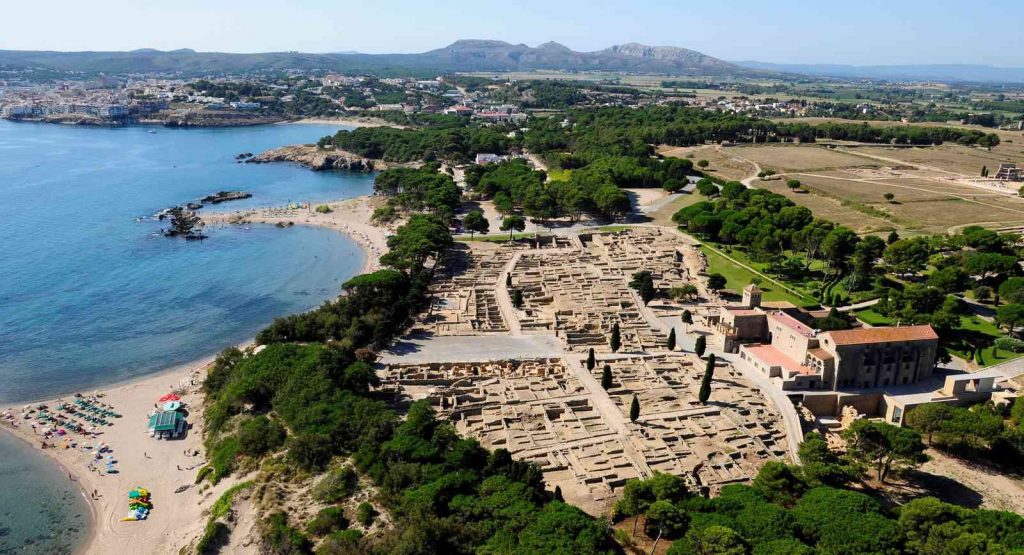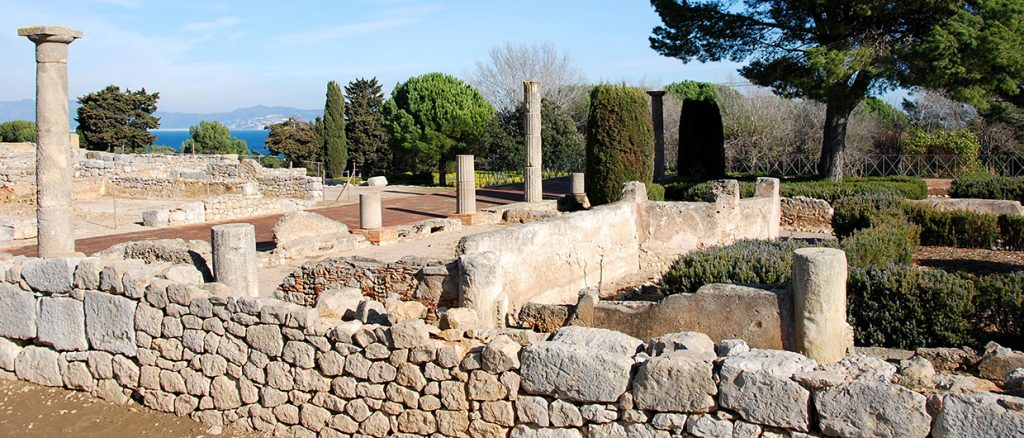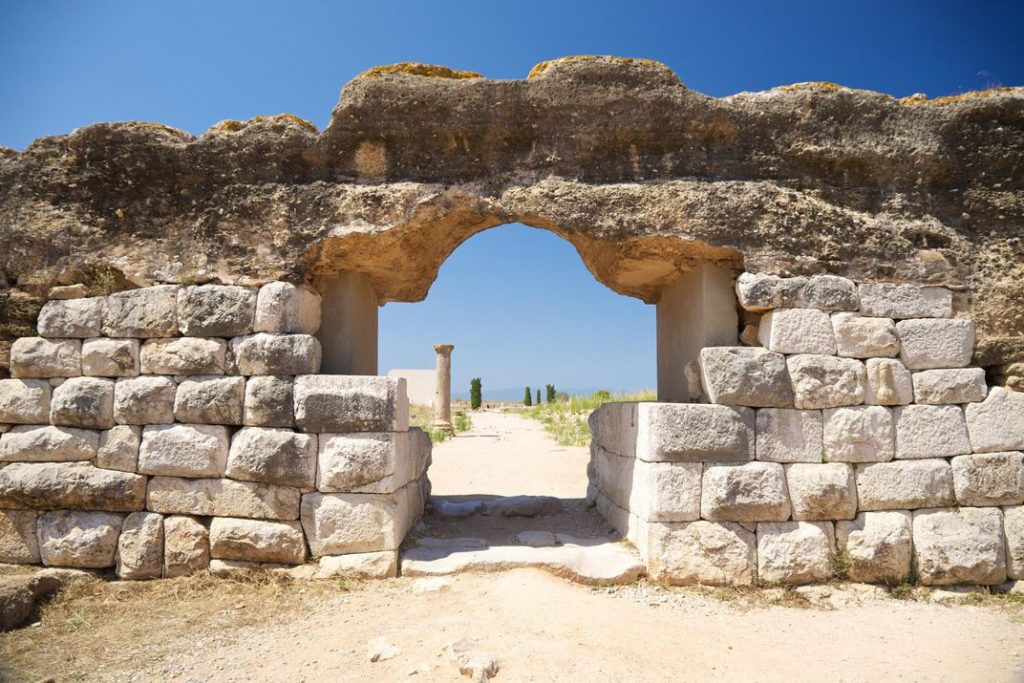Empúries is the kind of place where you can see how cultures are able to coexist and even blend together with time.
What was first a Greek city became later a Roman one. But how was this process? When did it start? To know all of this we have to go back in time to its very own origin. Greek culture and Roman culture in one place.

The beginning of this now archaeological site was the Paleapolis (Old City) and its origin devolve upon the citizens of Phocaea, a Greek settlement located in Turkey, who founded the colony with commercial goals. That way, the island became a commercial port in which the natives (the population of Indika) traded goods with the Greeks. Nearly one century later (550 b.C.) the second formation in solid ground, the Neapolis or New City, was established and started to develop into a city.
After some time the population grew due to the fight of Phocaea after the Alàlia battle (where the Carthaginian and the Etruscan fought against the Greeks of Phocaea). Later on, during the 5th century b.C., Indika and Greece established politic and commercial agreements, transforming the colony not only into an important economic center (thanks to its situation in the commercial route between Malaysia and Tartessos) but also into one of the biggest Greek territories of the Iberian Peninsula.

In the 4th century b.C. the colony gained the name of Emporion, and the first currency of Catalonia appeared in the city.
Then, the arrival of the Barcids (a noble Carthaginian family) caused intense competition in the market because of a significant economic recession. For that reason the city sent the ambassadorship to Roma to ask for help, what made possible the Ebre Treaty (226 a. C.) with Asdrubal (a Carthaginian politician and general). That treaty banned the Carthaginians to navigate in the river Ebre.
After the Second Punic War (conflict between Roma and Cartago) Emporion formed an alliance with Roma, which sent and army to cut the supplies of Annibal. With the landing of the roman army commanded by the magistrate Gnaeus Cornelius Scipio Calvus the conquest of Hispania started.

In 197 b.C. Marcus Porcius Cato (Roman consul, soldier and writer) placed a military camp near Emporion to fight against the Iberian Resistance. Around this military camp was where the Emporion Battle (one of the Native Riots) took place. From that moment, the camp became a Roman city and coexisted with the Greek one. But the roman influence was stronger and both cities joined under the same legal state to become Municipium Emporiae.
As a consequence of the Civil War between Pompeu (Roman general) and Julius Caesar (Roman politic and soldier), the city lost its independence. After the Roman conquest of Iberia, since the first century, Emporiae and other old roman cities started their decline due to the importance acquired by Tarraco and Barcino.
Finally, at the end of the century, the city was abandoned because of that loss of importance mentioned and the migration of its population.

I’m sure that all of that history has made you curious about Empúries. You are probably wondering what you could visit there or what the ruins of that cities are. Well, some of the monuments you can see there are the Ascepli sculpture, the Mosaic Domus, the Roman Amphitheatre or the Roman Forum. And also the Museum of Archaeology that is located in front of the Mediterranean Sea. Enjoy the ruins of Empúries and the Greek and Roman archaeological site. This site has more than 2.000 years of history.
Tell me, would you like to discover Empúries now? Contact us!